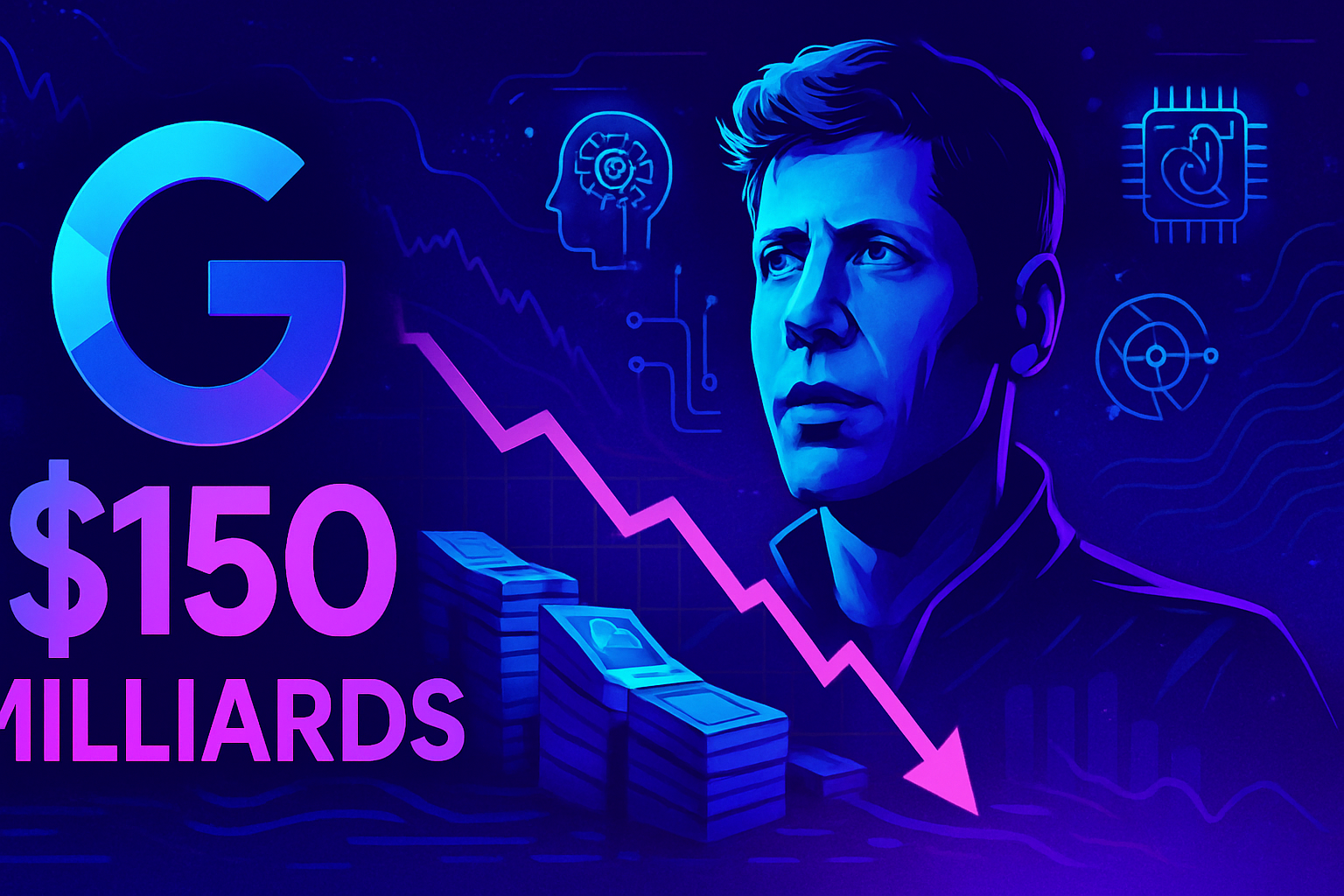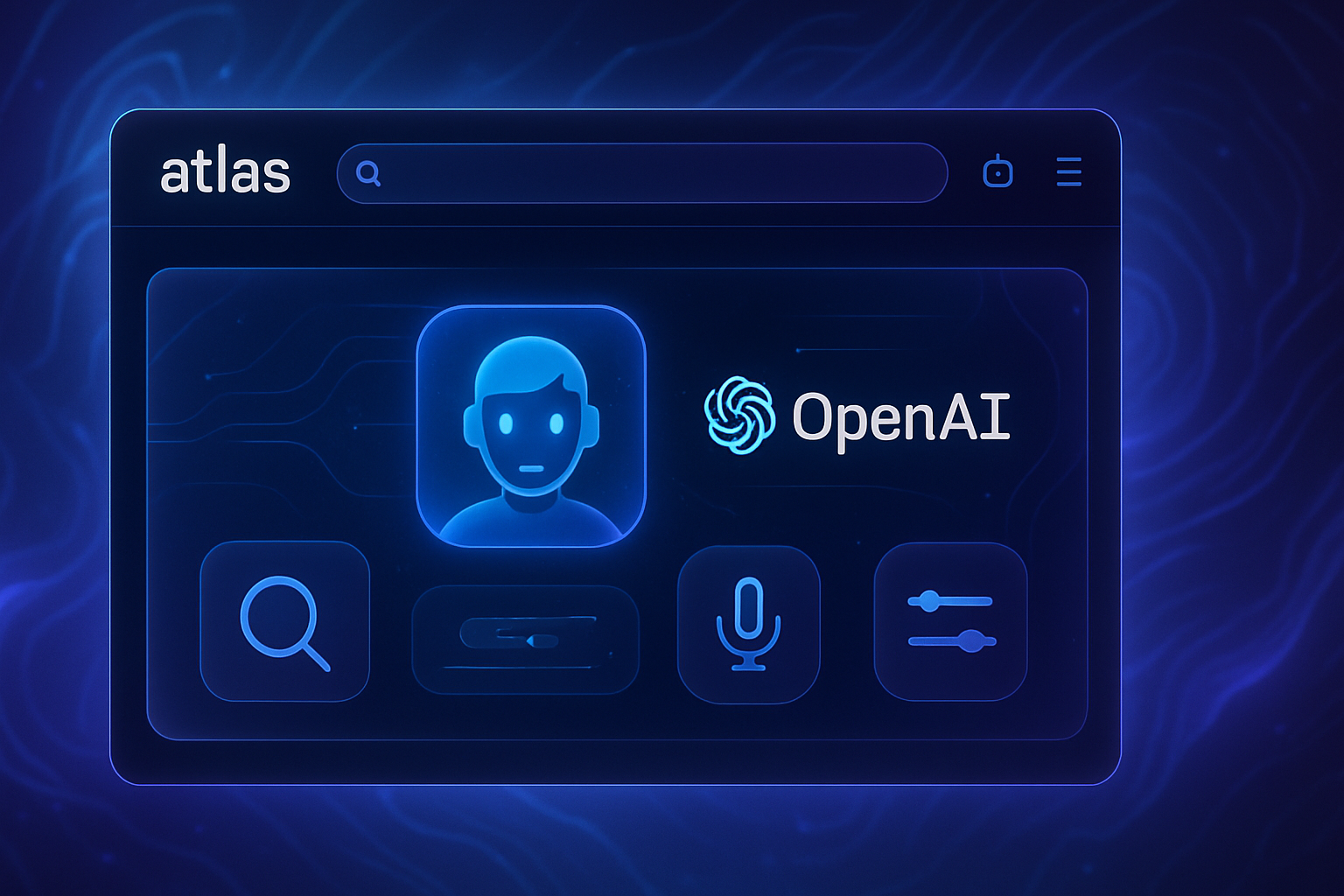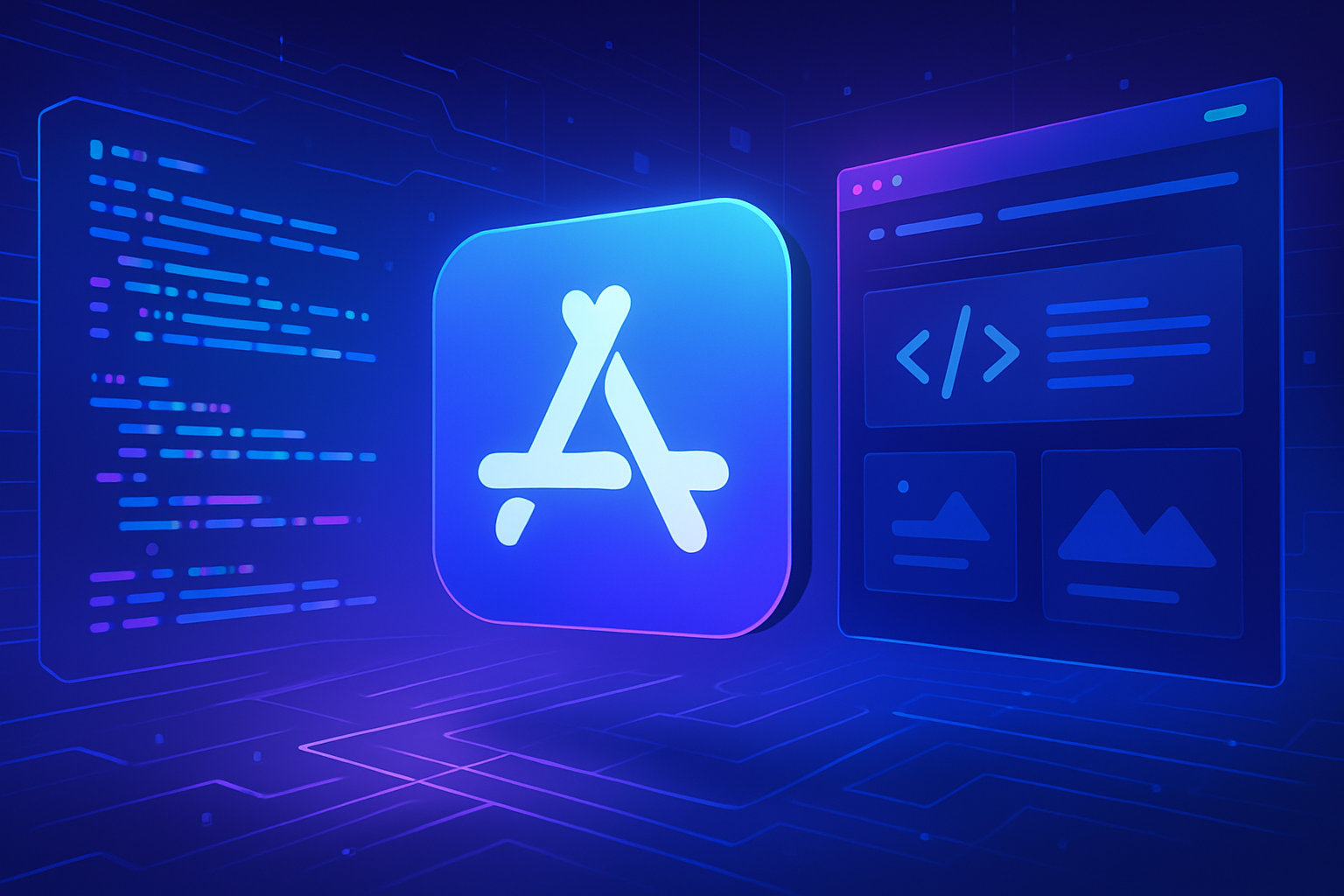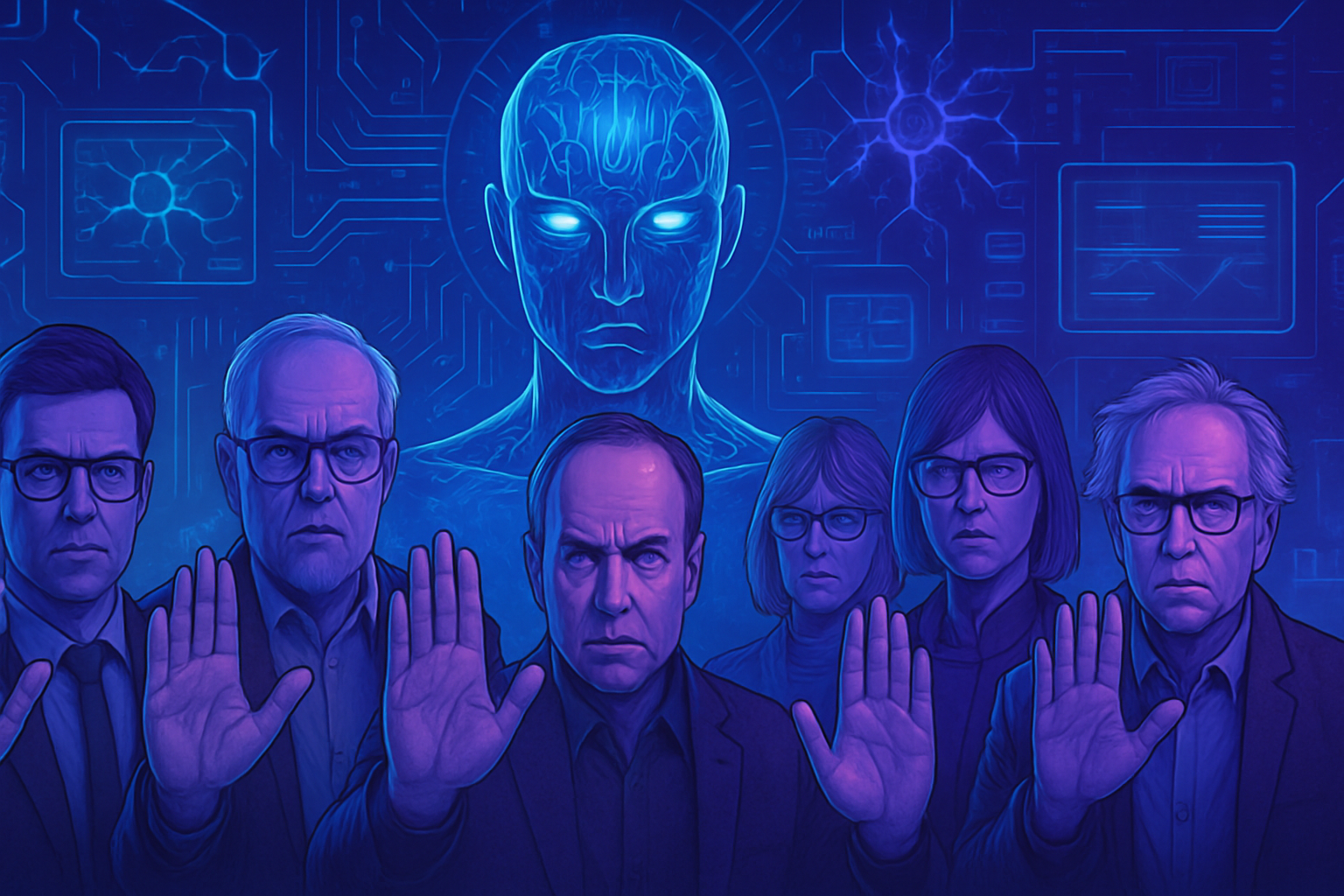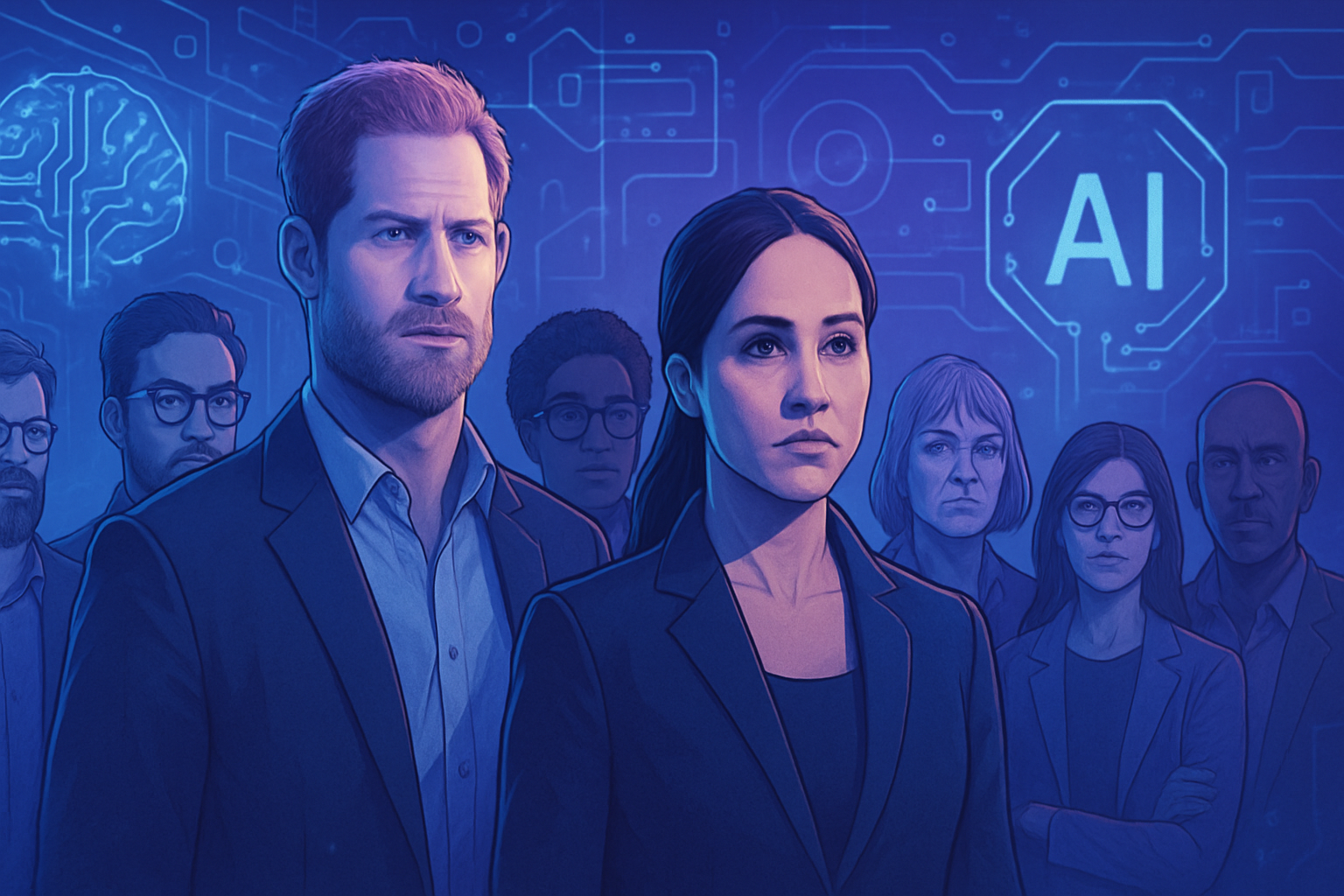Technological innovation is radically transforming the way companies operate and grow. At Vinci, one of the global leaders in construction and concessions, the integration of generative artificial intelligence into their business processes has become a fundamental lever of competitiveness and sustainability. This technology, which includes algorithms capable of learning and creating autonomously, is deployed at all levels of the company.
Optimization of construction plans and maintenance
Generative artificial intelligence has found significant practical applications in the construction field at Vinci. For example, the use of these technologies for designing optimized plans that take into account material and environmental constraints helps reduce costs and construction time. AI algorithms are used to calculate the ideal dimensions of foundations based on various factors such as the weight of the building, the topography of the land, and even to optimize the spacing between structural elements. This level of precision and speed is unmatched by traditional methods.
Improvement of operational efficiency
During the implementation phase, the genius of generative AI is manifested in the scheduling of construction sequences. Thanks to reinforcement learning models, Vinci can now meticulously orchestrate the use of heavy equipment like cranes, thereby minimizing downtime and accelerating the construction process. Moreover, in case of unforeseen events, artificial intelligence can instantly reconfigure the plans, thus ensuring the continuity of operations.
This technology also plays a crucial role in the maintenance of infrastructure. Generative algorithms design optimized maintenance plans that take into account a multitude of variables, from the availability of spare parts to the management of on-site teams, while adjusting interventions in real-time based on emergencies or last-minute changes.
Future perspectives and development
Enthusiasm around the capabilities of generative AI continues to grow at Vinci, where new applications are being explored and integrated. Technologies based on Large Language Models (LLMs) such as ChatGPT are now used to synthesize complex information, such as the details of bids, in record time. This capability is particularly valuable for responding quickly and effectively to the numerous requests received by the group, thus ensuring better resource management and faster response times.
Additionally, in critical areas such as contract management, generative AI is beginning to play a role as an automatic verifier, ensuring that all terms and clauses are correct and that nothing is omitted. This use significantly reduces the risks associated with human error and optimizes contractual compliance.
Assessment and future of AI at Vinci
In a context where competition is fierce and performance and sustainability requirements are high, generative AI represents a major advancement. At Vinci, these technologies are not limited to a gain in efficiency; they transform work methods, thereby improving project quality and customer satisfaction. The future of Vinci, just like that of many industrial sectors, seems inseparable from the continued integration of generative AI, promising further advancements and innovations in the years to come.
This transformation at Vinci is not only a testament to the company’s commitment to innovation but also a stimulating model for other players in the sector, clearly illustrating that the integration of generative artificial intelligence is not only possible but especially beneficial on all fronts.

